British Army attack helicopter crews are conducting live-fire and tactical manoeuvres alongside NATO allies in northern Europe as part of Operation Razoredge, the UK’s major summer deployment across the continent.
In a post on Wednesday, 3 Regiment Army Air Corps shared images of AH-64E Apache helicopters training in Europe, writing:
“Low. Fast. Lethal. We’ve been on exercises across Europe, as part of Op Razoredge fighting alongside our NATO allies and partners. This isn’t for show. It’s combat training at the sharp end. Target acquisition. Weapons live. No room for error.”
Low. Fast. Lethal 🔥
We’ve been on exercises across Europe, as part of Op #razoredge fighting alongside our NATO allies and partners 🤝
This isn’t for show. It’s combat training at the sharp end.
Target acquisition 🎯
Weapons live 💥
No room for error 💪#attack #wearenato pic.twitter.com/z1KQCKiOJb— 3 Regiment Army Air Corps (@3RegimentAAC) June 26, 2025
Operation Razoredge, now in full swing, is the British contribution to a series of NATO-linked exercises taking place in six countries over the summer. According to the Permanent Joint Headquarters (PJHQ), it involves around 6,000 British personnel across the British Army, Royal Navy and Royal Air Force, including elements from 1 Combat Aviation Brigade and 4 Light Brigade.
British Apache and Wildcat helicopters arrived in Finland earlier this spring, training with the Finnish Defence Forces as part of their national exercises. According to Finnish officials, two squadrons of Apache attack helicopters and one squadron of Wildcat reconnaissance helicopters “successfully concentrated” at Säkylä, where they are now operating alongside Finnish NH90 and MD500 helicopters.
The Finnish military said the deployment enables “new types of exercises,” especially for conscripts. The helicopters are capable of independent operations and are conducting flights both within and beyond designated military training areas.
Support is being provided by several Finnish formations, including the Pori Brigade and Utti Jaeger Regiment. A total of more than 20,000 troops are expected to take part in exercises in Finland this spring.
The British Army confirmed the deployment via social media in April, stating: “We’ve arrived. It’s great to be back in Finland to work with @Maavoimat as part of Op Razoredge.”
Other British elements deployed across Europe include troops from the Duke of Lancaster’s Regiment and Royal Regiment of Scotland in Estonia, artillery units from 3rd Regiment Royal Horse Artillery in Finland, and reconnaissance troops from the Royal Scots Dragoon Guards in Lithuania. RAF Chinooks are also supporting the deployment.


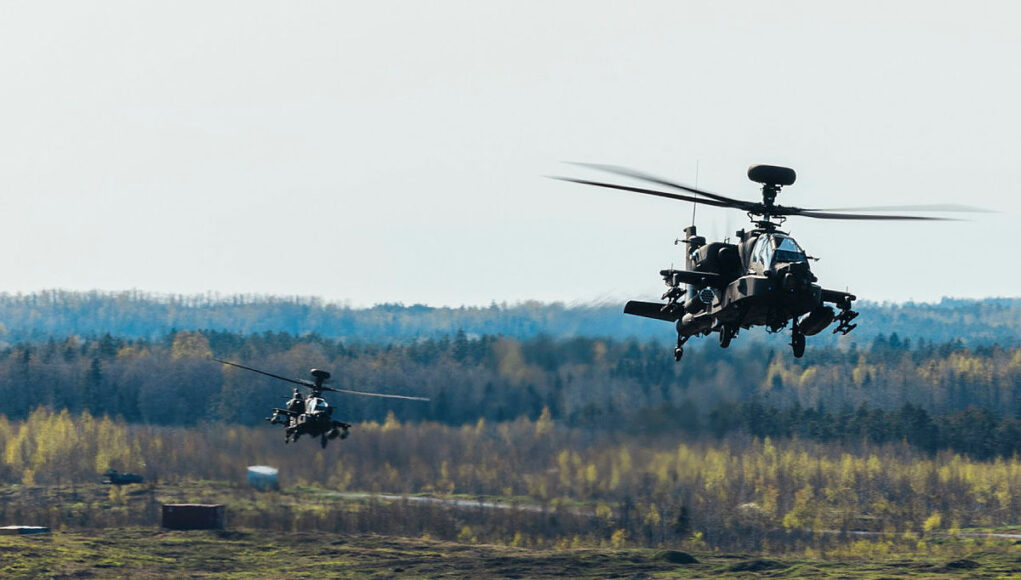
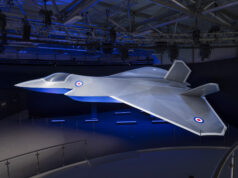
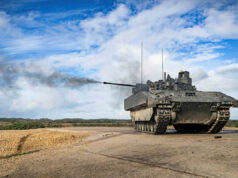
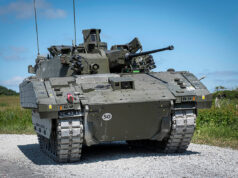

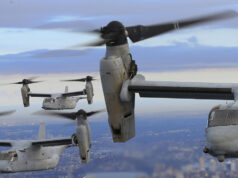




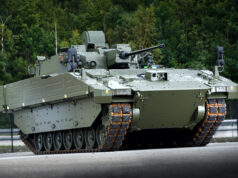

OT, Italy classifying an 11 Billion bridge as defence spending!
Glad it isn’t just our own government fudging the 1.5%.
Eyup Daniele
Oryx reports 156 Russian helicopters lost in Ukraine so far – of which destroyed: 122, damaged: 32, captured: 2
So just how relevant are British attack helicopters in a theatre dominated by Manpads and drones?
I believe you can fit the Apache cannon onto a Boxer, just saying
Sunak organised a German firm to fit a digital 155mm fire-on-the-move artillery piece on a Boxer chassis just before the country sacked him
Hello mate.
I’ve seen that question asked.
I don’t know. But the experts will.
A suicide Drone aimed at one is a scary thought if it cannot defend itself. But it could, if it has the sensor?
It has the cannon. More than just about any other army asset.
I think it’s worth adding some context to those numbers:
First of all the list of destroyed helicopters Oryx uses includes Helicopters on the ground. For example of that 122 destroyed, 50 where KA-52’s, and of those 10 where destroyed on the ground (mostly IIRC by GMLRs and ATACMs). It’s also interesting that nearly half the Helicopters destroyed of the Russian Army are KA-52’s, with the next biggest loss category being the Mi-8 transport Helicopter, which gets even more interesting when you compare it to Ukraine’s losses. Ukraine has lost 45 Helicopters in total, with the Mi-8 being the biggest loss category by far (28 destroyed), and Ukraine’s attack Helicopter, the Mi-24 Hind, is the second highest loss rate, with 5 being destroyed.
Just for comparison Ukraine started the war with about 50 Mi-24s, and Russia started the war with about 133 KA-52’s. So about 37-48% of the KA-52 fleet is gone (depending on how reparable the damaged ones are). While Ukraine has lost 10-14% of it’s attack Helicopters. (Obviously standard comments about Oryx being a floor apply). So what are the take aways? Are attack Helicopters actually that vulnerable? 10% losses over 3+ years isn’t that astounding. Is there something about how Ukraine is using it’s Mi-24’s? (FWIW I think the KA-52’s have had a much bigger impact on the fighting, Russia willing to loose them to get better effect). Or is Ukraine actively hunting KA-52’s? (Certainly after the Zaphorizia offensive they seemed public enemy number 1, and some of the first ATACMs attacks seemed to target them). Not answer’s well get from OS sources I think but worth thinking about.
I’ll also point out fast air visually confirmed losses for the Russians amount to 111 destroyed (to the Ukranian 93 confirmed losses, although those seem more weighted towards being on the ground and in 2022). So the difference between fast air and rotary is not as big as you might assume, I’d speculate there’s a lot to be said about two armies that historically have some fairly week air arms and very heavily invest in GBAD forces going up against each other.
Hi Dern
Thank you for that very interesting analysis. I’m sure that when the dust settles a lot of lessons will be learned from the Ukraine conflict. But it seems to me that helicopter close air support of infantry in the field is going to be very difficult
David, there is a danger in assuming that our Attack Helicopters would suffer exactly the same fate. Certainly we should learn from history, but not slavishly. Our AH are different and are flown, arguably, by better aircrew utilising better tactics (including NOE flying and ‘pop up and shoot’ engagements from woodlines etc) crucially as a part of an all-Arms battle.
MANPADS have always been around. Attack drones are of course a newer proposition but there is much effort being expended by MoD into mitigating their effect.
Today Attack helicopters only make sense to attack a breakthrough or to reinforce one. Or use NLOS missiles.
I don’t think a propose build attack helicopter would start development today, too many questions. That said i still think that a fast reaction force is needed for land battle.
From Jane’s
Lieutenant General Joseph Ryan, the US Army’s deputy chief of staff for operations, plans, and training, said at a 3 June think tank event in Washington, DC, that the latest versions of the Boeing AH-64E Apache attack helicopter are not as effective at their assigned missions as they once were.
In May the army announced that it would transform much of its aviation component, including retiring all AH-64Ds, and ending the D-model to E-model conversion process; the service operates 158 D-models, of which 52 were to be remanufactured as E-models. The AH-64Es – the service operates 560 E-models – are to be retained.
“The AH-64D … is not a war-winning capability that we can fight with and win today,” Lt Gen Ryan said. “I would argue that the E-model [AH-64] Apache, in its current versions, the [version] 4 and the [version] 6, are also on the cusp of being capabilities where we don’t necessarily see them contributing in the fight the way they have done in the past.(…)
I saw this american analyst the other day slating British ship building and in particular the cost of the carriers. He was comparing the cost with Italian ship building. He completely missed that Italian ship building is heavily subsidised. So actually the cost of their ships is considerably more than first appears. This 5% nonsense is just political theatre for his majesty or perversley ‘daddy’ (yuk) as Rutte called him. The 3.5% target by 2035 tells me they don’t really think Russia is a threat. It’s spin that old Labour favourite. F35A’s we can’t refuel, twelve submarines over 25 years. Cruise missiles but we can’t tell you anything. It’s all spin.
Dragon… The political interference in the carrier project raised the cost considerably. Two things stand out – endless faffing over whether it should be designed to fly the B or C model of F-35, including obligatory U-turns…and reprofiling the project probably added at least half a £billion.
Building the carriers in blocks and trnasporting them vast distances on barges to another yard was not a cheap undertaking either.
Italy build ships much faster than UK, they are naturally cheaper. No needs for subsidies. They also have the biggest shipbuilding company in western world.
Daniele, Gorgeous Georgia can get away with anything! As you know our politicos already fudge the figures.
I believe you can fit the Apache cannon onto a Boxer, just saying.
The Germans have just fitted a Puma turret to boxer,just saying👍
armyrecognition carries an article on this. I can appreciate the argument that the rapid deployability of a wheeled IFV might be worth more than the ultimate mobility of tracks. I think Boxer and Puma share a lot of engineering: the article says new work has gone into anti-drone capability. and standardizing across UK and German army ought to reduce the price. Ticks a lot of boxes.
It depends the war and terrain. You only deploy an army outside road in very specific circumstances(desert for example) or for a short time.